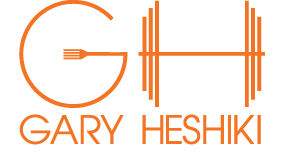My starter movement for any sort of overhead pressing. While it may be a starting point, it is in no way indicative of it being only for beginners. For many individuals the ability to get overhead safely can be challenging.
The Landmine Overhead Press is a joint friendly way to train the shoulders as it combines a vertical and horizontal press into one. The exercise itself forces you to resist extension and will as a result train your core. It's often performed as shown in the video in an offset manner which with enough load can also provide an anti-rotary component too.
If you're having issues with staying tight through your core, you can regress down to the half kneeling landmine press or stand in a split stance. The kneeling version adds in a great hip flexor stretch to the leg that's down on the floor.
HOW TO:
1. Set barbell up into the landmine or into a corner.
2. Pick up the bar so that it sets up right in front of your shoulder. Set your core in position with a good exhale.
3. Press straight up, finishing with a little bit of a shrug (if you need a little bit more trap activation or protraction) and forward lean at the ankle as shown in the video.
4. Return to the starting position, watch that your elbow doesn't go past the midline of the body as your bring the barbell back down. I would also recommend packing the shoulder in this bottom position.



